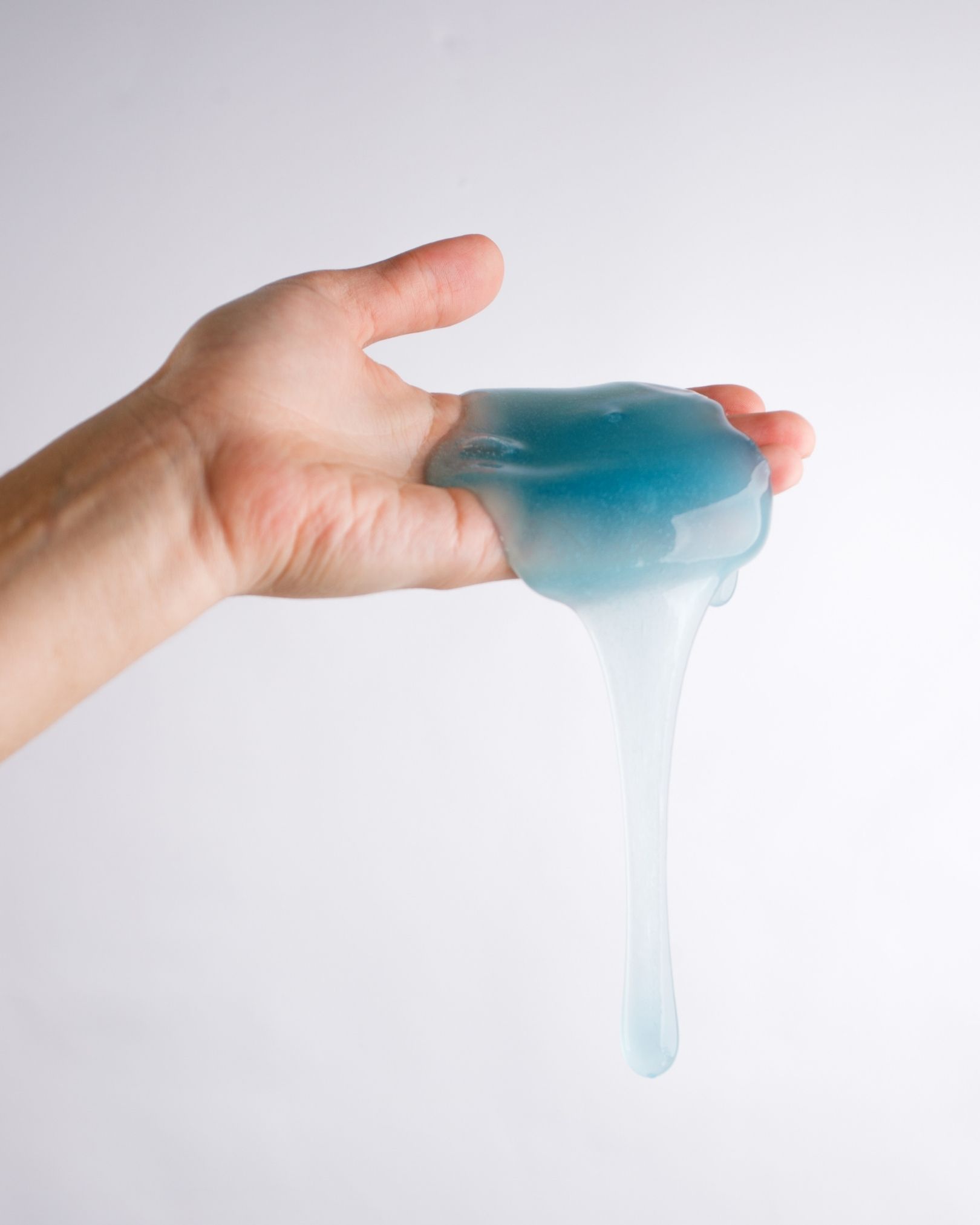Sperm vs. Semen: What Sets Them Apart?
When discussing human reproduction and fertility, it's crucial to understand the difference between sperm and semen. While these terms are often used interchangeably, they have distinct meanings and play different roles in the reproduction process.

Sperm: The Building Blocks of Life
Sperm is the male reproductive cell or gamete. It is produced by the testes during a process called spermatogenesis. The primary function of sperm is to fertilize the female egg and initiate the formation of a new life. Sperm cells are microscopic, tadpole-shaped structures measuring about 0.002 inches in length. They contain the father's genetic material, including half of his chromosomes, which will combine with the mother's egg during fertilization.
Interestingly, sperm is just one component of semen, but its vitality and mobility are of utmost importance in facilitating successful fertilization. To reach the egg, sperm must traverse the female reproductive system, including the cervix, uterus, and fallopian tubes. Only a fraction of the several million sperm ejaculated during sexual intercourse will ultimately reach the egg, highlighting the competitive nature of fertilization.
Semen: A Vehicle for Sperm Delivery
Unlike sperm, semen refers to the fluid that carries and nourishes the sperm cells. It is a mixture of various secretions from the seminal vesicles, prostate gland, and bulbourethral glands, combined with sperm cells. Ejaculation releases semen into the female reproductive system during sexual intercourse. Semen provides a conducive environment for sperm survival, enhancing their motility and ability to reach the awaiting egg for fertilization.
The composition of semen is essential in ensuring sperm viability. The secretions within semen contain fructose, a sugar that serves as an energy source for sperm cells. Additionally, semen provides a slightly alkaline pH environment to protect against the naturally acidic conditions of the vagina. This alkalinity also aids in neutralizing the acidity of the male urethra, allowing the sperm to survive the journey through the reproductive tract.
In Conclusion
While sperm and semen are closely intertwined in the reproductive process, they possess distinctive roles and compositions. Sperm represents the crucial genetic material from the father, contributing to fertilization, while semen serves as the vehicle for sperm transportation and provides an optimal environment for their survival.
Understanding the difference between sperm and semen is vital for comprehending human reproduction and fertility. Thus, the terms "sperm" and "semen" should not be used interchangeably, as they have distinct biological significance.
Related FAQs about what is the difference between sperm and semens
What is the difference between sperm and semen?
Sperm refers to the male reproductive cell or gamete, while semen is the fluid that carries and nourishes the sperm cells.
How is sperm produced?
Sperm is produced through a process called spermatogenesis in the testes of males.
What is the role of sperm in reproduction?
The primary role of sperm is to fertilize the female egg, combining the genetic material of the father with that of the mother to initiate the formation of a new life.
What does semen consist of?
Semen is a mixture of secretions from the seminal vesicles, prostate gland, and bulbourethral glands, combined with sperm cells.
Why is semen important for sperm?
Semen provides a conducive environment for sperm survival and enhances their mobility. It contains sugar for energy, helps neutralize acidity, and aids in sperm transportation to reach the egg for fertilization.
Glossary about what is the difference between sperm and semens
1. Spermatogenesis: Spermatogenesis is the process of sperm cell development and maturation within the testes of male organisms.
2. Gamete: A gamete is a reproductive cell (sperm or egg) that carries half the genetic material of an organism, which combines with another gamete during fertilization.
3. Fertilization: Fertilization is the fusion of a sperm and an egg, resulting in the formation of a zygote with a complete set of chromosomes of the offspring.
4. Chromosomes: Chromosomes are thread-like structures found in the nucleus of cells, carrying the genetic information in the form of DNA.
5. Reproductive Tract: The reproductive tract refers to the system of organs and passageways involved in sexual reproduction, including the cervix, uterus, and fallopian tubes.
6. Ejaculation: Ejaculation is the process of expelling semen from the penis during sexual climax or orgasm.
7. Seminal Vesicles: Seminal vesicles are a pair of glands that secrete fluid into the semen, providing nutrients, fructose, and other substances to nourish sperm.
8. Prostate Gland: The prostate gland is a gland located below the bladder in males, producing a fluid that constitutes a significant part of semen, helping to protect and nourish sperm.
9. Bulbourethral Glands: Bulbourethral glands, also known as Cowper's glands, are small glands that secrete a clear fluid into the urethra during sexual arousal, functioning to lubricate the urethra and neutralize any remaining acidity in the urethra.
10. pH: pH is a measure of acidity or alkalinity on a logarithmic scale. In the context of semen, it refers to the level of acidity or alkalinity of the fluid, which affects the survival and motility of sperm.
